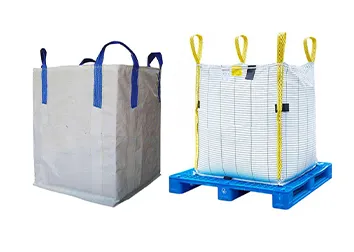sewing machine upholstery needle
The Essential Guide to Sewing Machine Upholstery Needles
When it comes to upholstery projects, the choice of needle is as crucial as the fabric itself. A sewing machine upholstery needle is specifically designed to tackle the heavy fabrics often used in upholstery, such as canvas, leather, and denim. Understanding the significance of this specialized needle can elevate the quality of your sewing projects and ensure that your upholstery is not only durable but also aesthetically pleasing.
Types of Upholstery Needles
Upholstery needles come in various types, each designed to meet specific needs. The two most common types are the Universal and Jean needles. Universal needles feature a slightly rounded point, making them versatile for various woven fabrics and light to medium upholstery projects. However, for thicker materials, the Jean needle, with its sharper point and robust shaft, is often preferred. This needle penetrates multiple layers of heavy fabric effortlessly, minimizing the risk of skipped stitches or needle breakage.
Another option is the Leather needle, which has a wedge-shaped point. This needle is indispensable when working with leather upholstery, as it prevents the material from tearing while providing a clean stitch. Each needle has its purpose, and selecting the right one can dramatically affect the outcome of your project.
Needle Size Matters
Needle size is another vital consideration when choosing an upholstery needle. They are typically available in various sizes, denoted by a number; for instance, a size 16 or 18 needle is ideal for thick upholstery materials. These larger sizes accommodate the heavier thread often necessary for upholstery projects. Using a smaller needle may lead to thread breakage or weak seams, so it's essential to select a size that complements both your fabric and thread.
sewing machine upholstery needle

Thread Compatibility
Pairing the right thread with your upholstery needle is just as important. Heavy-duty threads, such as polyester or nylon, work exceptionally well with upholstery needles, as they provide strength and durability. Cotton thread can also be used but may not withstand the wear and tear of upholstery applications as well as synthetics. Always ensure that the thread matches the needle size and type to avoid complications during your sewing.
Maintenance Tips
To maximize the life and performance of your upholstery needles, proper maintenance is crucial. Regularly changing your needle is essential, especially after a significant project or if you notice decreased performance, such as skipped stitches or uneven tension. Additionally, keeping your sewing machine clean and oiled will help prolong the life of your needles and ensure smoother operation.
Conclusion
In conclusion, when engaging in upholstery projects, understanding the role of sewing machine upholstery needles is vital. By selecting the appropriate type and size of needle, using compatible thread, and maintaining both your needles and sewing machine, you can achieve professional-quality results. Upholstery can be a rewarding craft, and with the right tools, you can transform ordinary fabrics into stunning, functional pieces that enhance any space. Happy sewing!
-
Boost Production Efficiency with a Pattern Sewing MachineNewsAug.29,2025
-
Industrial Excellence with the Best Heavy Duty Sewing MachineNewsAug.29,2025
-
Precision and Power with the Best Pattern Sewing MachineNewsAug.29,2025
-
Reliable Bulk Packaging Starts With the Right FIBC Sewing MachineNewsAug.29,2025
-
Advanced Packaging Solutions: Elevate Productivity with Jumbo Bag Sewing Machine and Industrial Stitching EquipmentNewsAug.29,2025
-
High-Performance Solutions for Bulk Packaging: FIBC Sewing Machine and MoreNewsAug.29,2025
-
Maximize Efficiency with an Industrial Cylinder Arm Sewing MachineNewsAug.28,2025


























